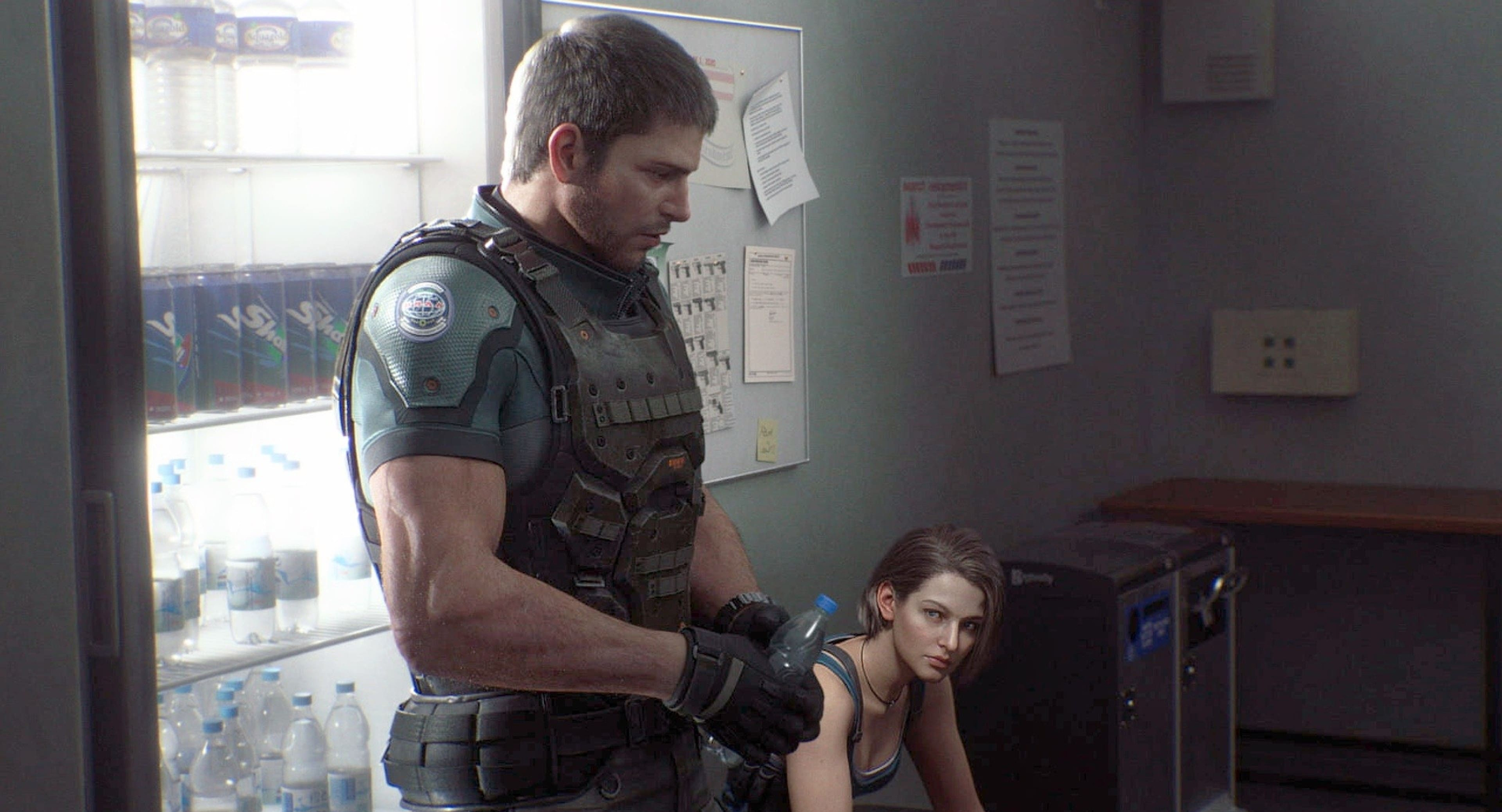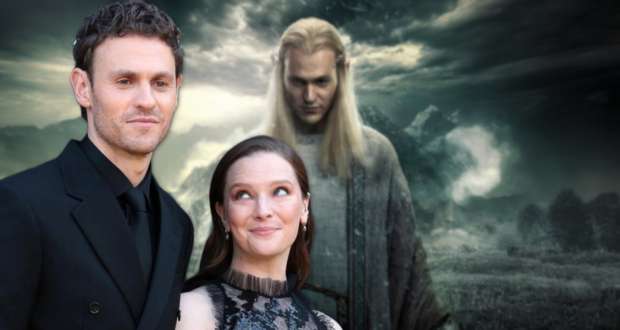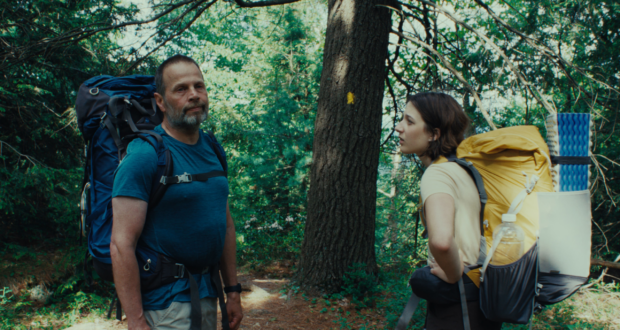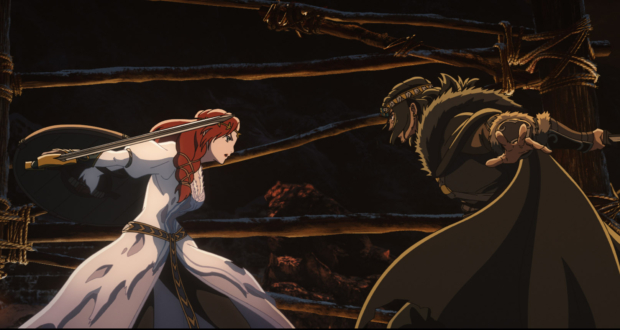Resident Evil: Death Island attempts to breathe new life into the iconic survival horror franchise but unfortunately falls short of its ambitious goals. This fifth installment in the movie series brings together a talented cast, including Matthew Mercer as Leon Kennedy, Kevin Dorman as Chris Redfield, Erin Cahill as Rebecca Chambers, Nicole Tompkins as Jill Valentine, and Stephanie Panisello as Claire Redfield. While the film’s premise holds promise, with multiple storylines converging on Alcatraz Island, it fails to deliver a truly captivating and coherent experience, leaving fans of the series with a sense of disappointment and a longing for the glory days of Resident Evil.
The Bad:
One of the most significant issues plaguing Resident Evil: Death Island is its disjointed and convoluted narrative. With multiple plotlines following the separate journeys of Jill Valentine, Leon Kennedy, and Claire Redfield, the film attempts to weave them together into a cohesive whole. However, the transitions between these storylines are often abrupt and poorly executed, leading to a jarring viewing experience that leaves the audience struggling to keep up with the chaotic events on screen. The lack of a strong central thread makes it challenging to invest in the characters and their respective missions.
Furthermore, the screenplay suffers from weak character development, leaving the talented cast with little to work with. While these characters are beloved by fans of the video game franchise, the film does little to explore their complexities and motivations, reducing them to mere vessels for zombie-fighting action sequences. Even the inclusion of Rebecca Chambers fails to add depth to the overall story. The potential for emotional investment and attachment to these iconic characters is squandered, and they become nothing more than caricatures of their video game counterparts.
The film’s setting, San Francisco, with Alcatraz Island as its centerpiece, could have offered a unique and atmospheric backdrop for the unfolding horror. However, the potential of the location is vastly underutilized. The creepy and claustrophobic atmosphere that the video games are known for is nowhere to be found in Death Island. Instead, the movie relies heavily on jump scares and exaggerated action sequences, sacrificing genuine terror for flashy visuals. The lack of tension and suspense severely dampens the horror aspect, which is a core component of the Resident Evil franchise.
Adding to the disappointment, the special effects and CGI work often fall flat, further hindering the film’s ability to immerse the audience in its world. From poorly rendered zombies to the unconvincing monstrous fish that supposedly terrorizes the bay, the visual elements lack the polish and realism required to suspend disbelief effectively. This deficiency is particularly jarring given the advancements in modern film technology.
Also, the movie’s pacing is inconsistent, oscillating between frenetic action and sluggish storytelling, leading to a lack of narrative momentum. This disjointed rhythm further contributes to the film’s inability to captivate its audience fully. While there are certainly moments that will appeal to die-hard fans of the franchise, they are not enough to redeem the movie as a whole.
The Good:
Despite the film’s numerous drawbacks, it is not entirely devoid of merit. The performances of the main cast, particularly Stephanie Panisello as Claire Redfield and Nicole Tompkins as Jill Valentine, do stand out. The actresses manage to infuse some depth and emotion into their roles, even when the script does not fully support their character arcs. However, their commendable efforts alone cannot compensate for the film’s overall shortcomings.
The action sequences in Resident Evil: Death Island do provide fleeting moments of excitement. The intense combat scenes are choreographed with skill, and the protagonists’ proficiency in dealing with the undead is well-portrayed. Yet, these fleeting instances of adrenaline-pumping action cannot salvage a film that is ultimately lacking in substance and cohesion.
Overall:
Resident Evil: Death Island fails to live up to the legacy of its video game source material. Its fragmented narrative, lack of character development, and underutilization of atmospheric settings prevent it from achieving the genuine horror experience that fans were hoping for. Despite the commendable performances of some of its cast members, the film ultimately falls into the realm of mediocrity, leaving audiences with a lukewarm impression. As the fifth entry in the Resident Evil movie series, Death Island marks a low point and makes fans yearn for the days when the franchise truly embraced the survival horror genre.
-
Acting - 7.5/10
7.5/10
-
Cinematography/Visual Effects - 6/10
6/10
-
Plot/Screenplay - 5/10
5/10
-
Setting/Theme - 4/10
4/10
-
Watchability - 5.5/10
5.5/10
-
Rewatchability - 4/10
4/10

















